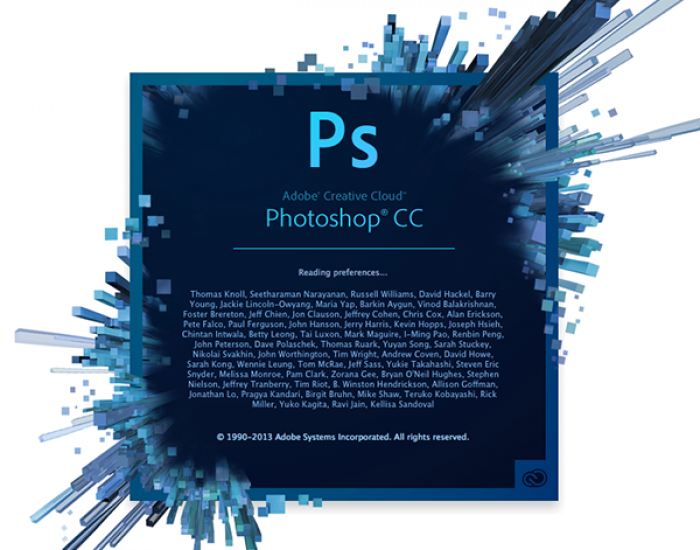What is Design Thinking?
Gone are the days, when the performance of end user satisfaction was measured by GMV or revenues. Today, user experience has emerged as a separate discipline in itself. It focuses on solving the end user problems. This way companies can develop products and solutions that fit the user’s needs.
Design Thinking is nothing but a whiff of change in the mindset of the companies to align themselves with the end user requirements. It beautifully combines creative and critical thinking that helps the companies to develop products meant to solve real customer problems.
Many examples have proven how design thinking can steer business growth in the right direction. Here are 3 interesting examples of how companies have benefited from this new age design philosophy.
1 – Uber
Remember those days when taxi hiring used to be a cumbersome job. You need to call several hours before to reach the destination on a timely basis. But, Uber disrupted the market in 2012 with its cab aggregator service focused on user-centred design principles. What did the company do? It created a visualization of a taxi’s approach and solved many customer grievances with its ride hailing app, such as:
- Completely eliminated the risk of fake dodgers by creating a cashless payment drive.
- Put the responsibility on driver for exemplary customer servicing by giving customers the power to rate drivers and the ride
By focusing on customer requirements, Uber was able to bring a massive change in the traditional business model.
2 – m-indicator
Residing in Mumbai and commuting by local trains is not a piece of cake. A lot of challenges are faced by a common man face including train schedules, arrival times, route changes and delays. M-indicator app is the solution to all the customer woes. Its owner, Sanjay Teke launched this app while he was still working in a firm. What he actually did? He visualized the problem that a common man faces to avoid peak hours. By providing the train commuters a view of the upcoming trains the app completely eliminates second guessing and loss of time. No wonder that today, it is the most trustworthy app that provides detailed information about how to go around in Mumbai.
3 – Burberry
Once known as a fashion brand of the bygone era, the company pushed the envelope and created a niche market for itself by applying the design principles. What did the company do? In order to boost the revenue growth, the CEO of the company Angela Arhendts joined the social media bandwagon to convert millennials to its most loyal customers.
Burberry cultivated a social media environment of digital democracy, where users and the brand could collaborate freely on its designs and new launches. It not only attracted new customers but also strengthened its goodwill. The outcome? From 2011 to 2015, Burberry had posted a revenue growth of 68.1%
Conclusion
Design Thinking is nothing but putting yourself in the customer’s shoe to gain empathy and awareness about their needs. With such principles, you can bootstrap the business the smart way, acquire users quickly, and take customer retention levels to its peak.







